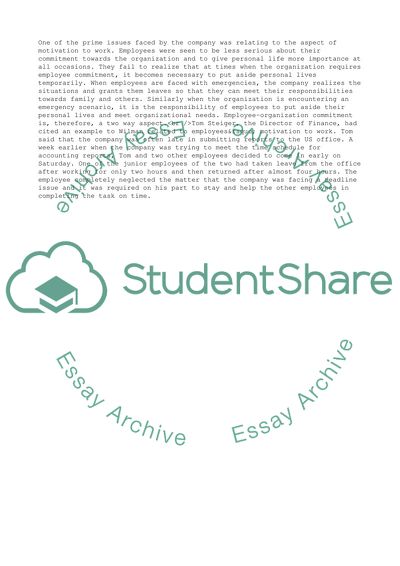Cite this document
(“HR Management Manners Europe Case Essay Example | Topics and Well Written Essays - 3000 words”, n.d.)
HR Management Manners Europe Case Essay Example | Topics and Well Written Essays - 3000 words. Retrieved from https://studentshare.org/management/1650493-hr-management
HR Management Manners Europe Case Essay Example | Topics and Well Written Essays - 3000 words. Retrieved from https://studentshare.org/management/1650493-hr-management
(HR Management Manners Europe Case Essay Example | Topics and Well Written Essays - 3000 Words)
HR Management Manners Europe Case Essay Example | Topics and Well Written Essays - 3000 Words. https://studentshare.org/management/1650493-hr-management.
HR Management Manners Europe Case Essay Example | Topics and Well Written Essays - 3000 Words. https://studentshare.org/management/1650493-hr-management.
“HR Management Manners Europe Case Essay Example | Topics and Well Written Essays - 3000 Words”, n.d. https://studentshare.org/management/1650493-hr-management.


